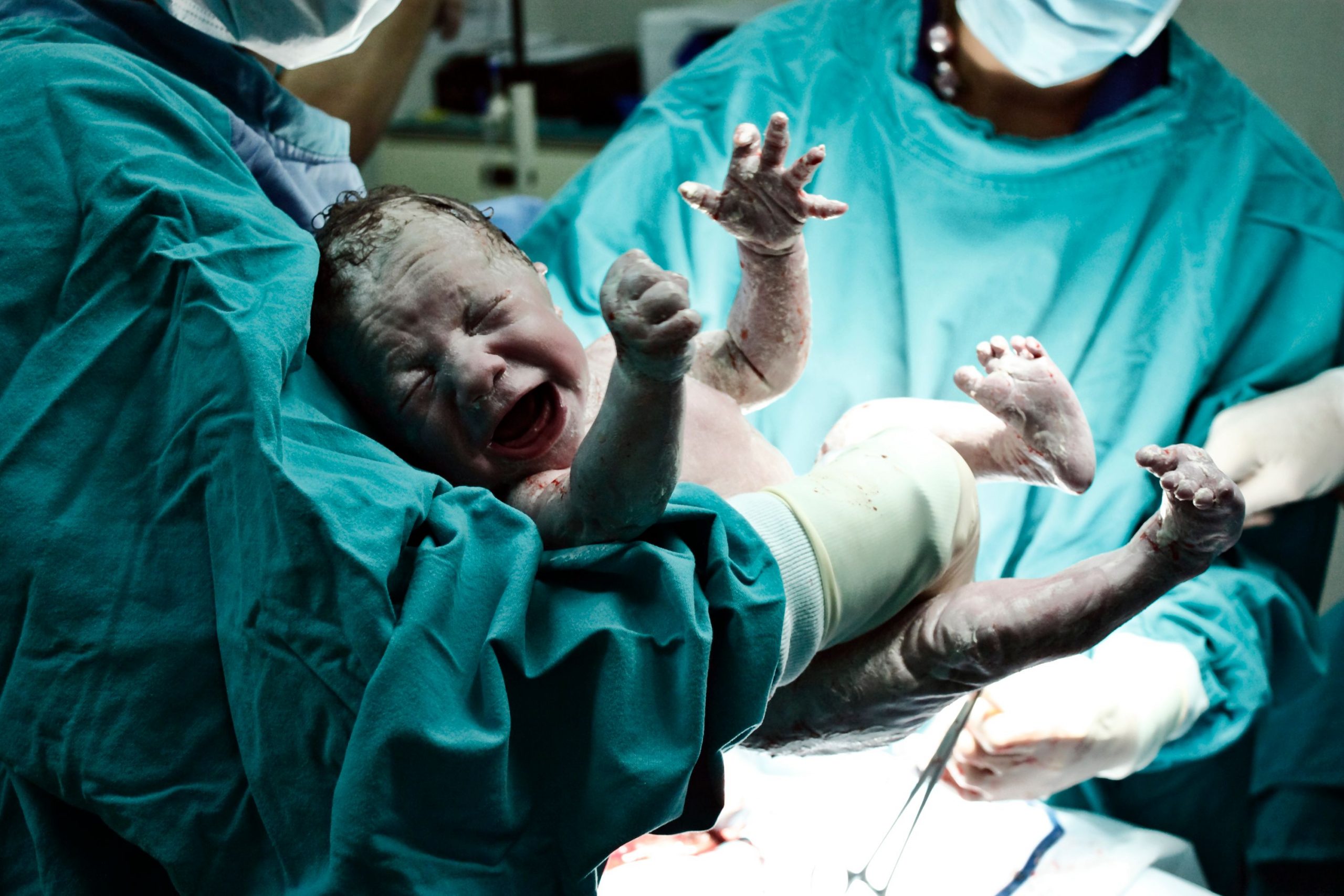

What you need to know about Caesarean sections (C-sections)
Caesarean sections (C-sections) Guide. A Caesarean section (C-section) is an operation for delivering a baby through an incision in the abdomen and uterus, instead of by vaginal delivery.
Follow us on WhatsApp for the latest updates: https://bit.ly/AsiaMDWhatsAppEN
In Singapore, the overall Caesarean rate in Singapore rose from 32.2% in 2005 to 37.4% in 2014. In the 1980s, only 20% of all deliveries were Caesarean.
A gynaecologist may advise a patient to have a Caesarean delivery in these high-risk situations:
- The baby is in distress, such as if the umbilical cord is wrapped around the baby’s neck.
- The baby is too large to be delivered through the birth canal.
- When the placenta is low-lying and obstructing the opening to the birth canal.
- When the baby is in a breech position, i.e. in a bottom-first or feet-first position.
- When the baby is in a transverse position, i.e. lying sideways.
Sometimes, a mother may request for a C-section even if her pregnancy is low-risk.
If you’ve had a C-section, you are likely to have to undergo it in future when you conceive again. Some women may choose to have a VBAC (Vaginal Birth After C-Section), if it is advised by a gynaecologist.
Wait at least 12 months between C-sections
Gynaecologists usually advise patients to wait at least a year between C-sections. If patients are eager to get pregnant again quickly, they can aim to conceive six months after delivery, and subsequently have their next C-section nine months later.
Most women can safely undergo up to four or five C-sections in their lifetimes, and some women may even do up to seven with no complications. However, it also depends on whether the patient has healed well from her last C-section. A gynaecologist will advise her based on the condition and adhesions (bands of scar-like tissue which can cause tissues and organs to stick together) of her internal organs, such as the womb, intestines and bladder.
Like other major surgeries, there are risks involved in a C-section. Risks include:
- Damage to organs like the bladder or bowel
- Wound infection
- Infection of the endometritis, which is the lining of the uterus
- Possible uterine rupture and bleeding (if you are attempting a VBCAC)
A skilful gynaecologist will be able to stitch up a patient safely and assess the health of her internal organs, so seek a gynaecologist who is confident of performing multiple C-sections.
This article has been verified medically by Dr Khoo Chong Kiat, senior consultant obstetrician and gynaecologist at the CK Khoo Clinic For Women & Laparoscopy at Mount Elizabeth Novena Hospital (Singapore).



0 Comments